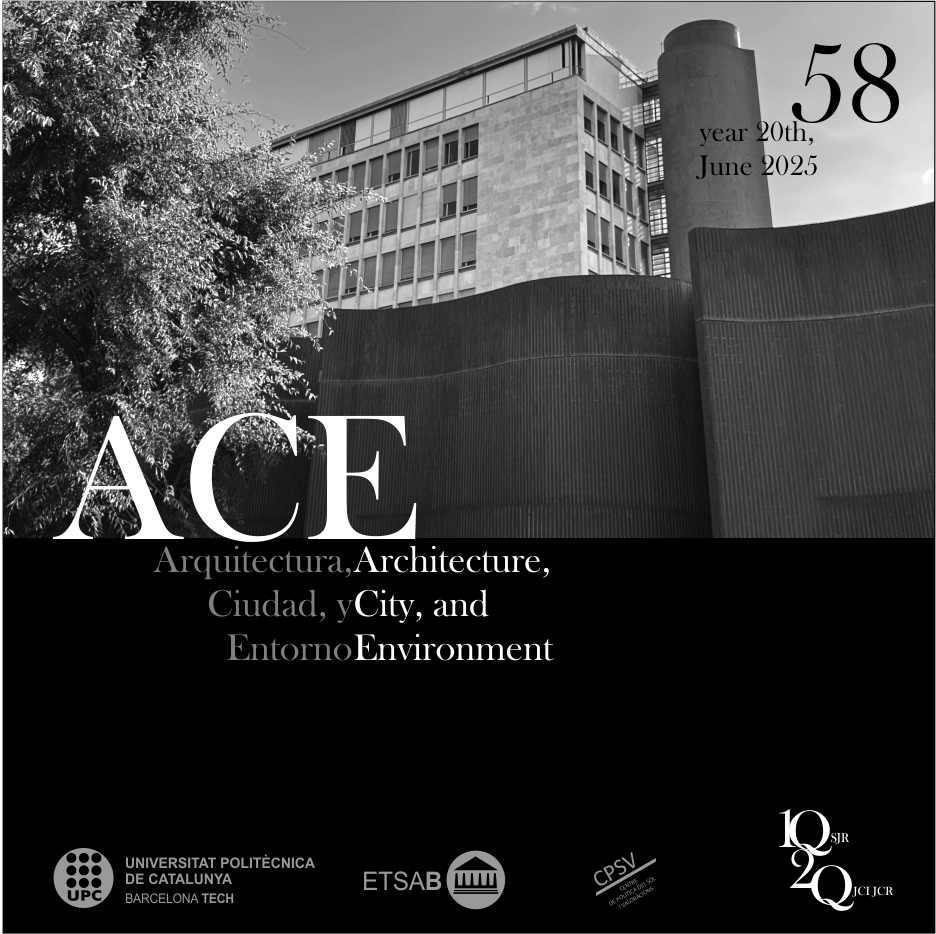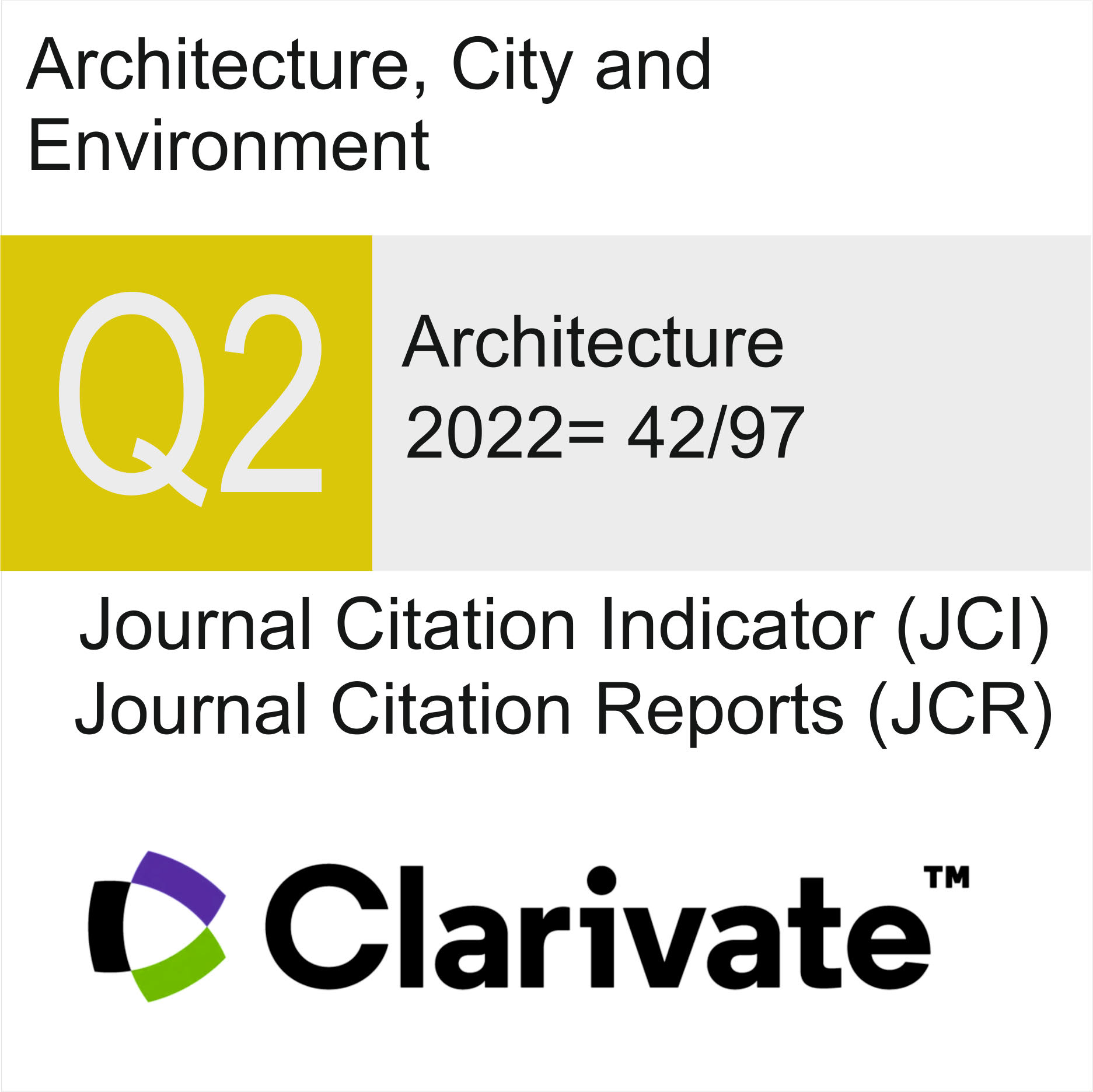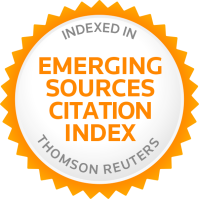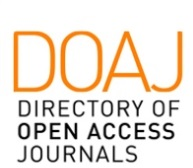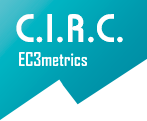Urban Densification as a Tool for Sustainable Development Policy in Switzerland
DOI:
https://doi.org/10.5821/ace.20.58.13476Keywords:
densification, compact city, inward development, urban land reservesAbstract
The article examines the implementation of urban densification policies in Switzerland as a strategic response to limited land availability and the pursuit of sustainable spatial development. The research investigates the mechanisms that enable social acceptance of inward development and explores whether high-quality architecture can be produced under the spatial and legal constraints these policies impose. The methodology is based on a literature review and a typological analysis of selected recent projects realized through architectural competitions. Case studies include various types of infill and redevelopment interventions—such as extensions of existing buildings, high-rise developments, and hybrid structures—evaluated within the framework of urban land reserve classifications. The findings suggest that densification projects, when designed by experienced architects and supported by effective planning instruments, can enhance urban quality of life and result in socially accepted, environmentally conscious outcomes. While densification often faces challenges like public resistance (NIMBY effect), limited access to green areas, and increased spatial tensions, thoughtfully planned projects can mitigate these issues and even contribute to improving existing neighborhoods. In Switzerland, densification policies are strongly supported by the public, as demonstrated in national referenda, and are embedded in constitutional and legislative frameworks. Although the compact city model may seem less essential in countries with more available land, it remains a relevant planning approach due to its ecological, economic, and social advantages. When properly communicated and implemented through inclusive processes, urban densification can serve as a catalyst for architectural innovation and support broader goals of environmental sustainability in urban development.
Published
Issue
Section
License
| INTELECTUAL PROTECTION CRITERIA |
At this moment, it is count with the "Oficina Española de Patentes y Marcas", while global protection it is being processed by the World Intelectual Property Organization (OMPI/WIPO). Nevertheless the International Standard Serial Number Office (ISSN) has given the following numbers ISSN: 1886-4805 (electronic version) and 1887-7052 (paper version). All articles will be peer reviewed, using double blind reviewing. |
| COPYRIGHT |
The article contents and their comments are authors exclusive liability, and do not reflect necessarily the journal editor commitee's opinion. All ACE published works are subject to the following licence CC BY-NC-ND 3.0 ES http://creativecommons.org/licenses/by-nc-nd/3.0/es/ It implies that authors do not hold nor retain the copyright without restrictions but only those included in the licence. |





